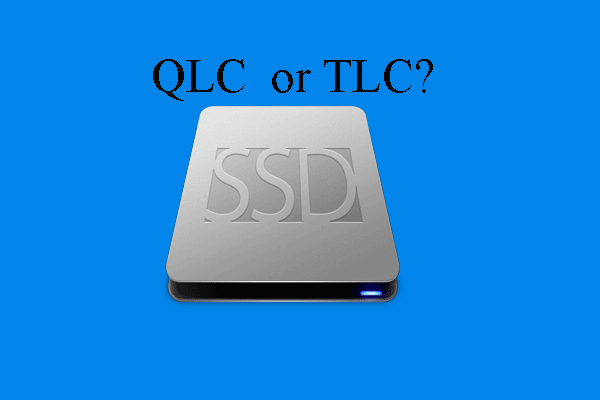Intel has released a series of new storage products that can deliver higher capacities by new technology and form. These products will include the devices based on PCIe and SATA that will launch in the coming months and they use new QLC/TLC NAND flash. Here, this post will show you the first data center QLC SSD in the world - Intel SSD DC P4500 up to 32TB.
Intel Announces QLC PCIe 3D NAND PCIe SSD for Data Centers, Up To 32 TB
Intel has announced a range of new storage devices, for example, PCIe SSD 660p for consumers. It is the first PCIe QLC (Qual-Level-Cell) SSD for consumer use in the world. Now, this device has been targeted for entry and mainstream storage by Intel. PCIe SSD 660 uses Intel’s 64 layer 3D NAND, the highest density NAND storage in production of the industry.
QLC PCIe 3D NAND PCIe SSD
First, Intel pushes out the new Optane and QLC NAND driven PCIe SSD, including two products: the SSD 660p for clients and the SSD D5-P4320 for data centers. The client SSD would be in M.2 form factor with 2TB of storage capacity, whereas the SSD D5-P4320 would be in 2.5″ U.2 form factor with 8TB capacity.
These drives are used commonly:
- Optane SSDs are integrated into IBM Cloud’s bare metal servers by Intel so as to gain up to 7.5 times improvement, especially for those applications having high write-intensive operations.
- The University of Pisa uses Intel Optane Technology to reduce MRI scan times from 42 minutes to 4 minutes.
- Intel has enabled IFLYTEK to get faster voice and facial recognition services.
QLC + Optane drives will use a 64 Layer 3D QLC NAND flash which can respectively deliver reads and writes speeds of 3000 MB/s and 1000 MB/s. And all drives will have a 5-year warranty.
Intel SSD DC P4500
Intel has released the densest SSD in the world that is 3D NAND Ruler SSD, and its mode is SSD DC P4500. Actually, the “ruler” form is based on a new industry specification called EDSFF.
This QLC SSD DC P4500 is a long device similar to a 12-inch ruler that can pack up to 32 TB of storage capacity for data centers. This is equivalent to triple the entire printed collection of the U.S. Library of Congress.
This new SSD is based on Intel’s 3D NAND technology, stacking memory cells atop each other in multiple thin layers rather than just one. And memory cells in the SSD DC P4500 are stacked 64 layers deep, while the current 8TB and 4TB only have 32.
Compared with a traditional SSD, the Ruler SSD only needs half the airflow to keep cool.
A single server slot can hold up to 32 such SSDs, and the total capacity can reach 1PB that is 1000TB!
At the same time, compared with traditional storage servers, this Ruler SSD can save 90% power consumption and 95% space. For these companies including IBM, Microsoft, and Amazon, their cloud data centers will benefit most.
Conclusion
As mentioned above, Intel QLC SSD or SSD DC P4500 can benefit many companies. If your business has a need, please pay constant attention to Intel news. Here, MiniTool Partition Wizard offers you the best way to migrate OS from HDD to SSD without reinstalling OS and data loss.
